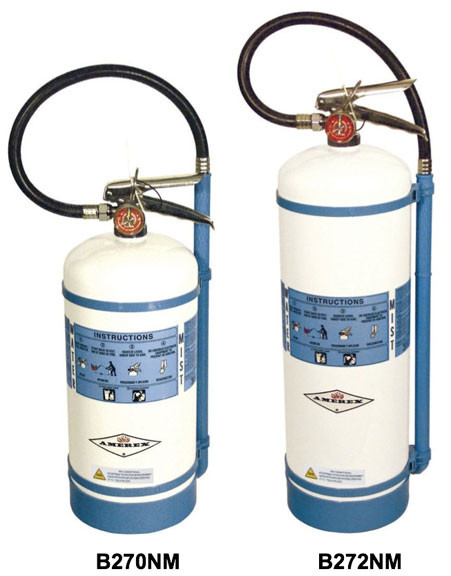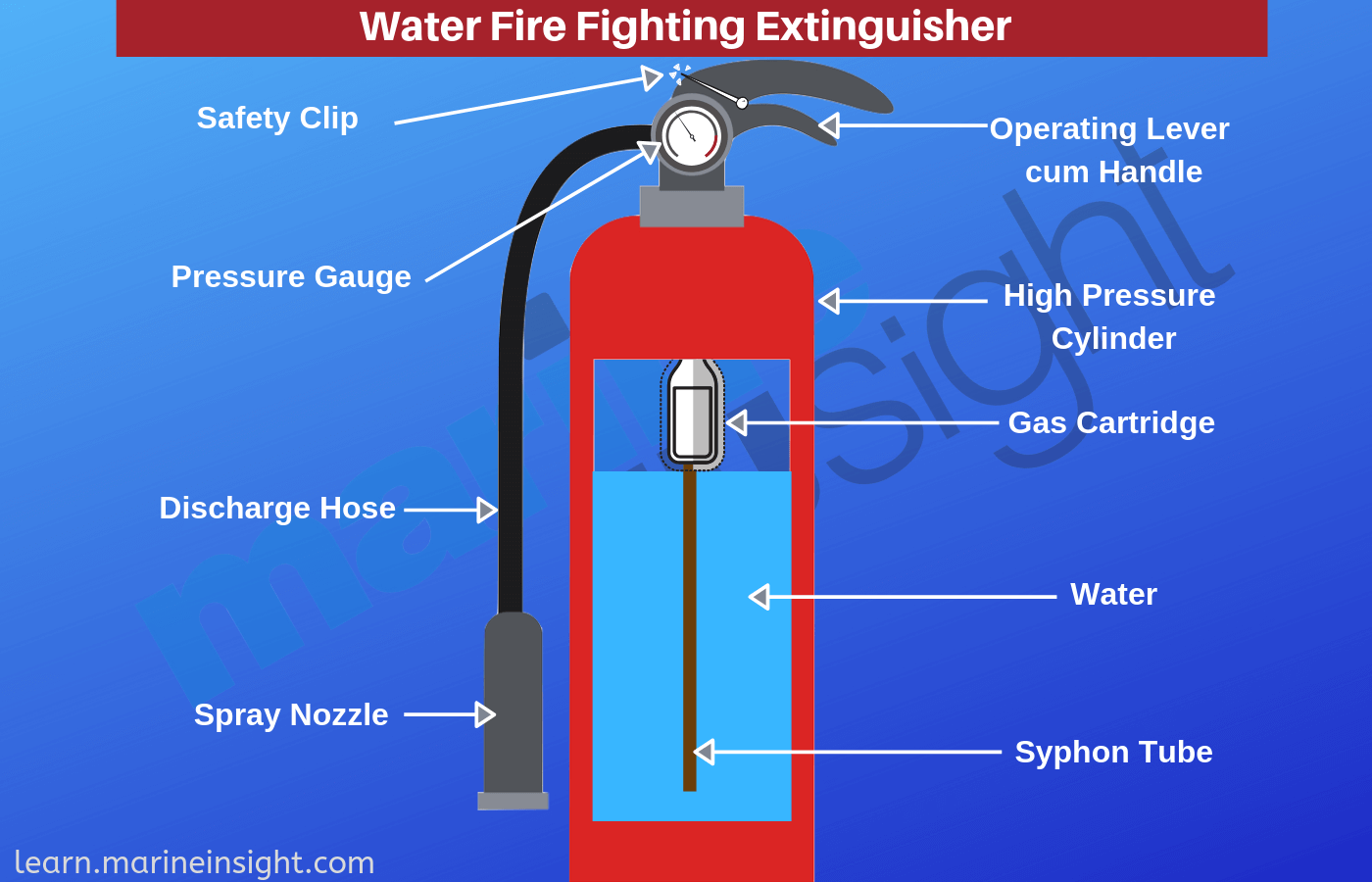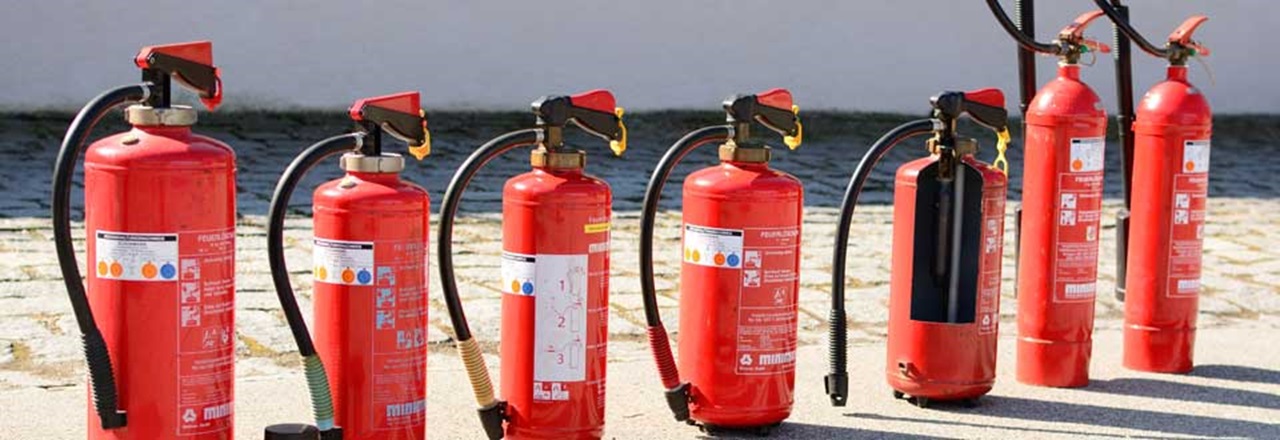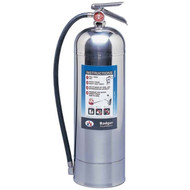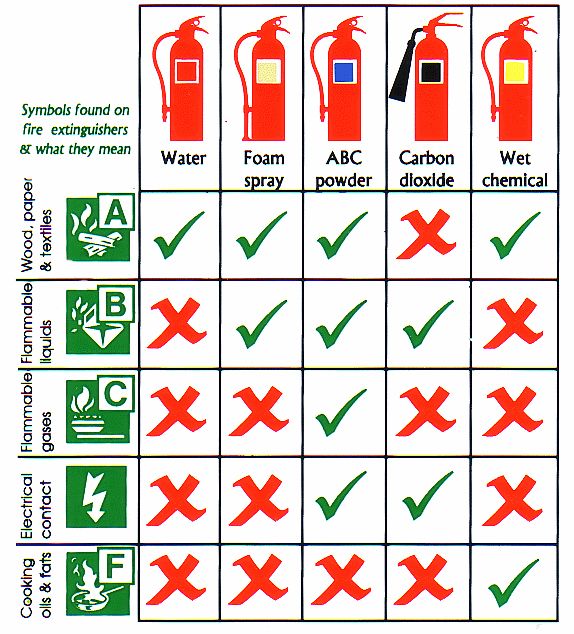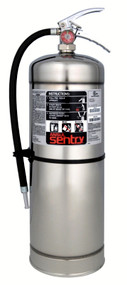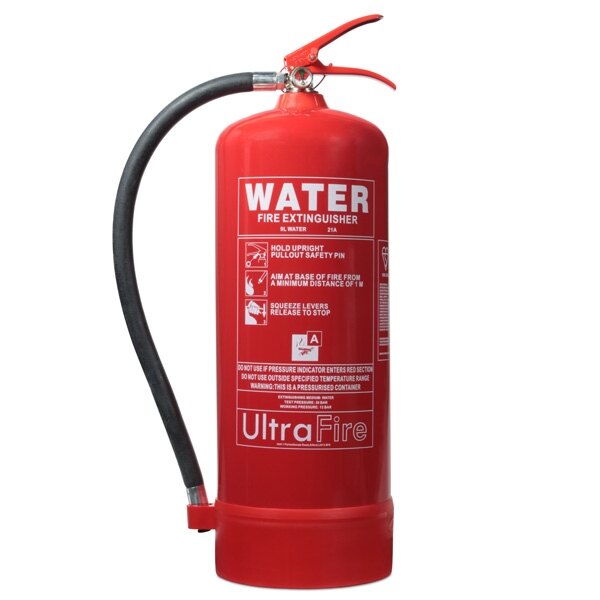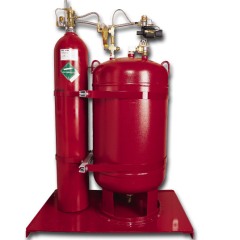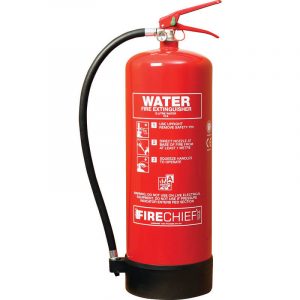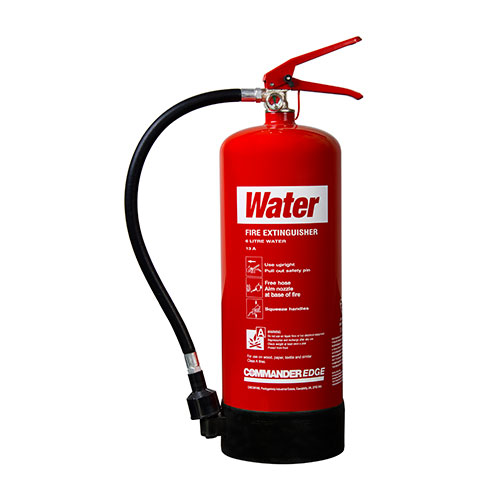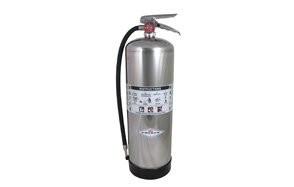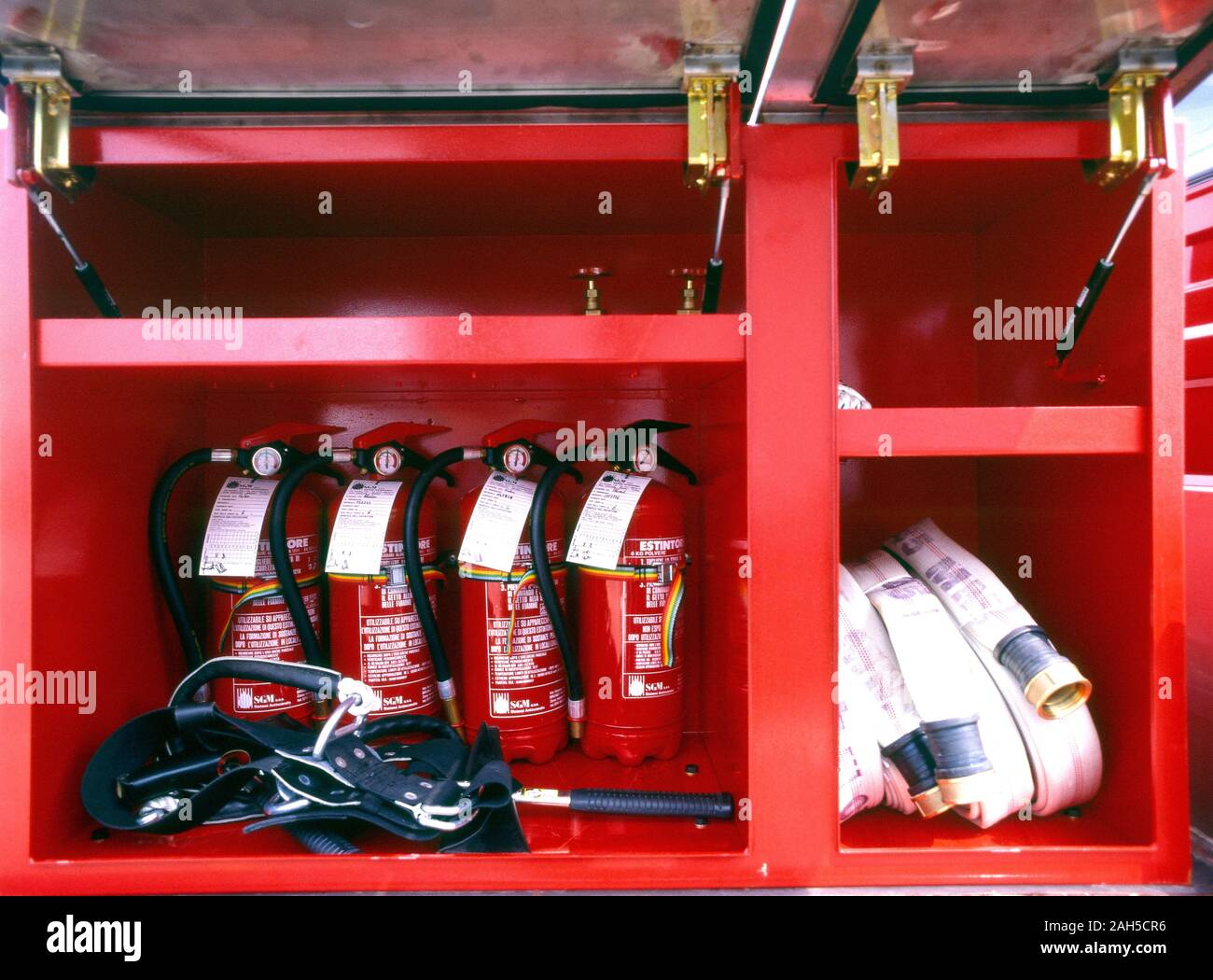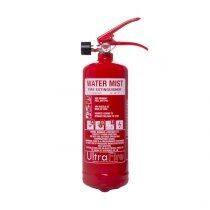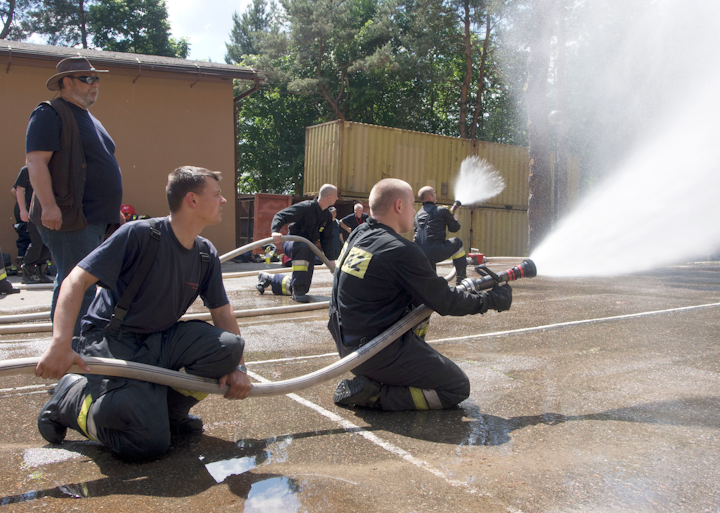Water Mist Fire Extinguisher In Operating Room
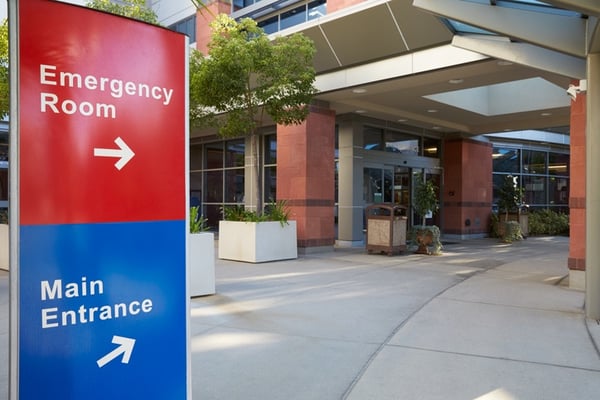
Immediate action surgical fire prevention.
Water mist fire extinguisher in operating room. Both of which are possible in an operating room. A rated extinguishers contain water which makes their use in the operating room problem atic because of the presence of so much electrical equipment. Ecri recommendations for operating room fire extinguishers. Refills are obviously cheap and easy to execute.
16 9 1 4 clean agent type fire extinguishers shall be provided in telecommunication entrance facilities and telecommunication equipment rooms. The or could be. The or could be. Nfpa 10 says the travel distance to a class b fire extinguisher is either 30 feet for low capacity extinguishers and low hazard areas or 50 feet to moderate capacity extinguishers and low to moderate hazards.
Prevention and management of operating room fires video ecri resource for the. Alternatively a close by basin of sterile water with a sponge to quench a surgical site fire might be most appropriate. Most operating rooms are known to have flammable liquids and a class b fire extinguisher would be required. Nfpa 10 says the travel distance to a class b fire extinguisher is either 30 feet for low capacity extinguishers and low hazard areas or 50 feet to moderate capacity extinguishers and low to moderate hazards.
Selecting fire extinguishers for the operating room. If you need help making sure your systems and extinguishers are up to code and working properly contact international fire protection today. But what about class b fires. Both of which are possible in an operating room.
A 6l water mist extinguisher is as powerful as a standard 9l water extinguisher and offers a strong f rating on top of the normal a rating. In the new nfpa 99 operating rooms must now use water mist extinguishers or clean agent extinguishers such as 11lb and 15 5lb halotron i or the 13lb and 17lb amerex halon 1211 extinguishers. Dry chemical fire extinguishers are not to be used in operating rooms. Instead operating rooms should be equipped with clean agent or water mist type fire extinguishers.
A water mist ac rated extinguisher is excellent but requires time and an adequate volume of mist over multiple attempts to extinguish the fire. Fda issues guidance on how to prevent surgical fires. Most operating rooms are known to have flammable liquids and a class b fire extinguisher would be required. Emergency procedure extinguishing a surgical fire.
Water mist fire extinguishers not recommended for ors. If a fire breaks out during a surgery there is a risk of accidentally spraying dry powder into an open cavity of a patient. Ecri institute has published information that water mist fire extinguishers may not be appropriate in the operating room due to infection control concerns if used on a patients open surgical site cavity. Water mist extinguishers are rated class 2a c.
The extinguishers also have long discharge times the 6l version has 65 5 seconds offering even un experienced users a safe way of fighting a fire. The typical water mist fire extinguisher is rated for class a and class c fires. But what about class b fires. Clean agent or water mist type fire extinguishers shall be provided in operating rooms.
The water mist extinguisher only contains de mineralised water hence leaving no residue and can therefore be used in food preparation areas and clean rooms.
